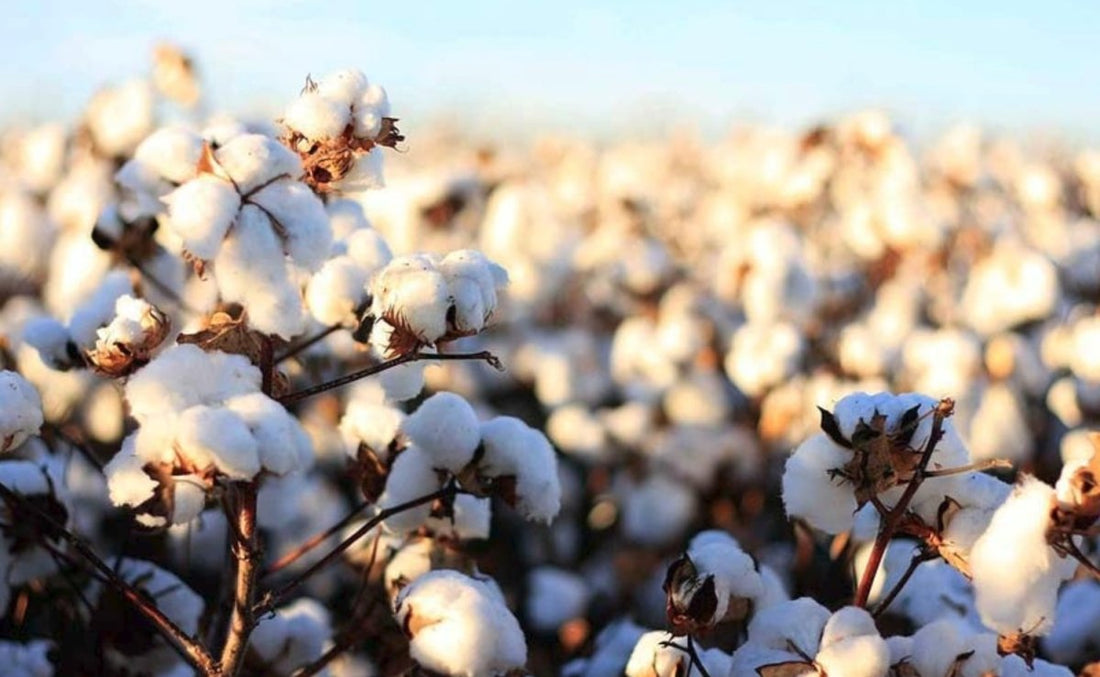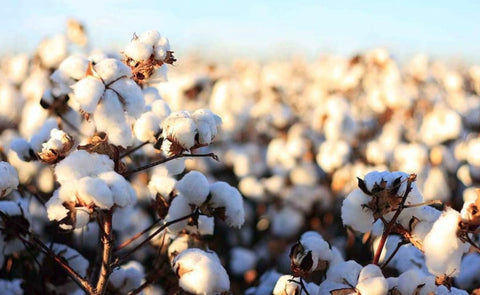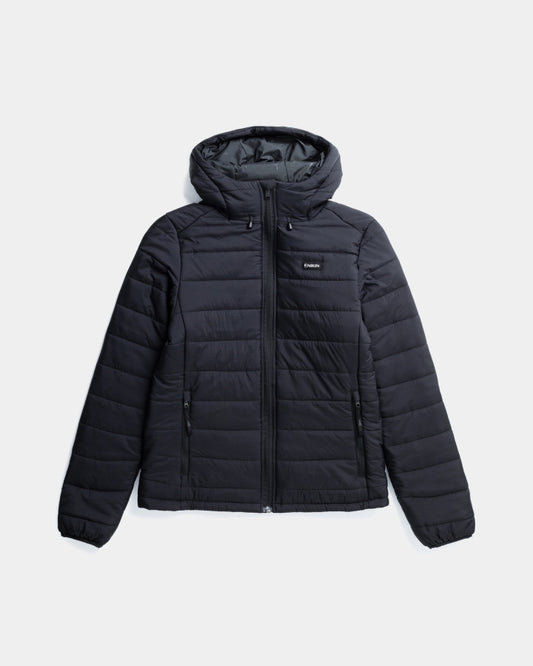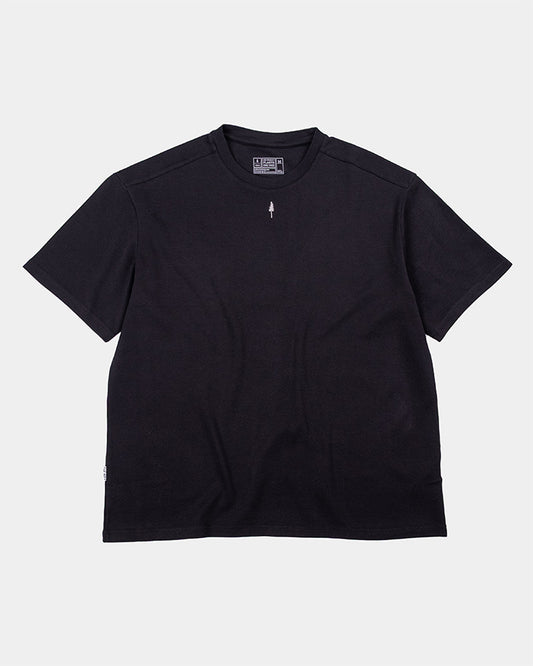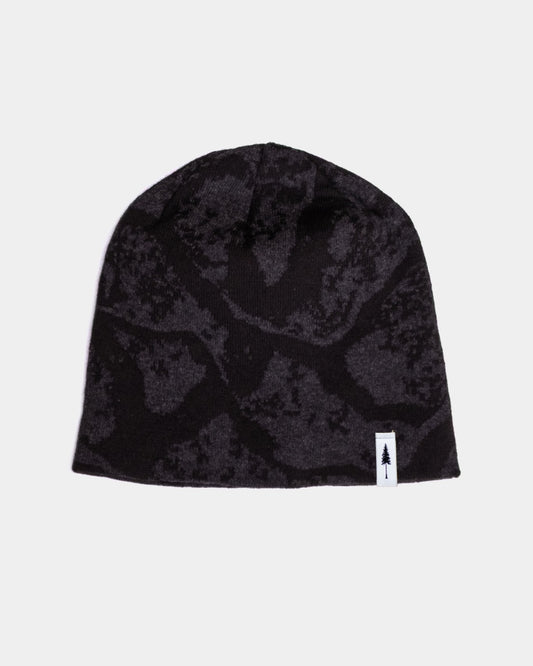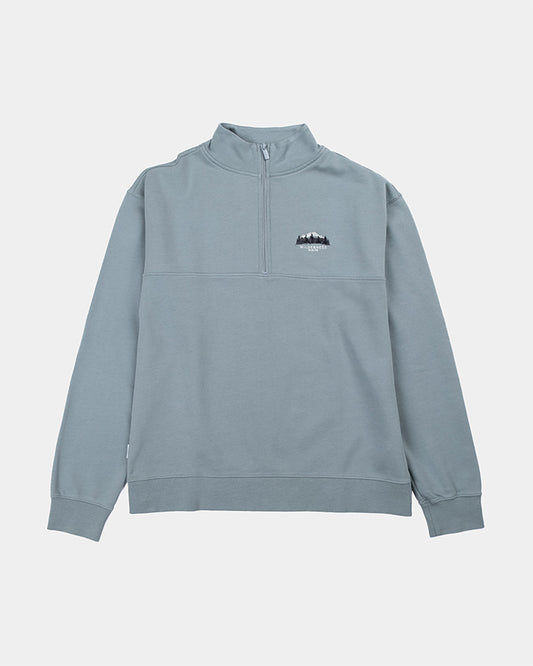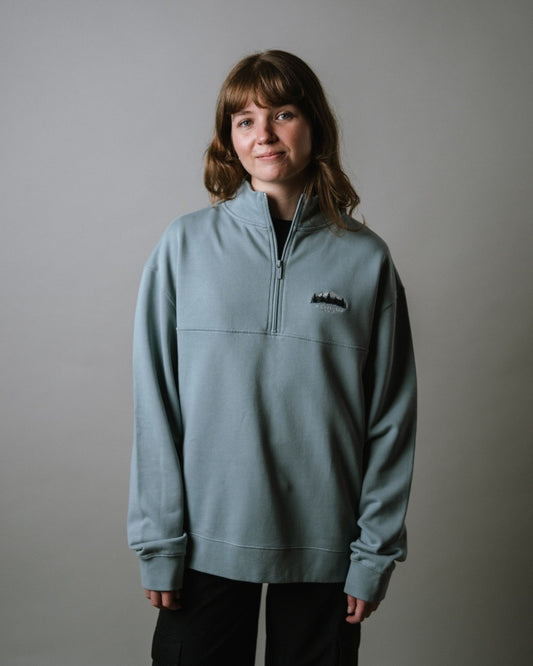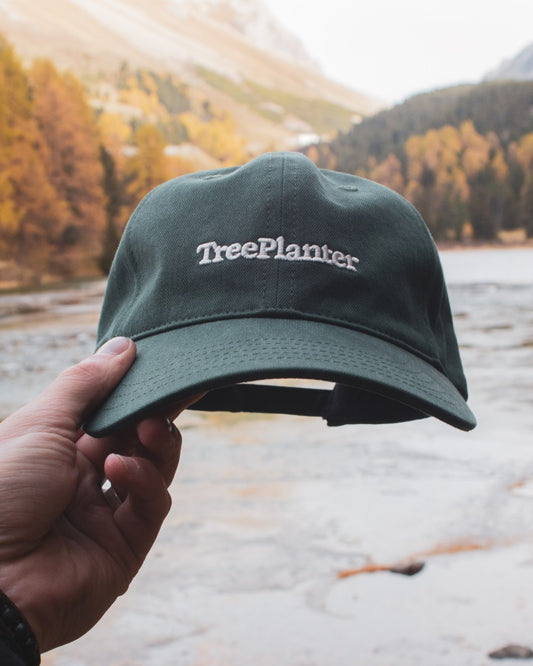"Fair fashion": a term that is emerging more and more. But what does "fair fashion" actually mean? At NIKIN we use organic cotton textiles instead of conventional cotton: what is the difference and what makes the former sustainable? You can find the answers here.
Sustainable fashion: what is "fair fashion"?
Sustainable, fairly produced and manufactured fashion made from ecologically grown fibres is in vogue. Out of concern for their own health, but also out of a sense of responsibility and environmental awareness, more and more customers want to switch to clothing that meets the standards of fair fashion. But what is "sustainable fashion" anyway? Where can you get products that are at best 100% "organic", and what should you look out for?
Sustainability ecological and social
When talking about sustainable or fair fashion, different factors can be distinguished. Ecologically sustainable cultivation avoids the use of chemicals in cultivation and processing, strives to use as few resources as possible and uses mechanical harvesting methods. Products grown in this way are often completely biodegradable, do not pollute the environment or pollute it significantly less and have no harmful effects on the health of workers and consumers. Cultivation and processing are socially sustainable if attention is paid to appropriate wages, working hours and occupational health and safety, if child labour is not part of the production chain and if workers are socially protected and allowed to organise themselves, for example in trade unions. Organically grown fibres do not automatically lead to an "organic" garment. This is a challenge for the entire value chain.
The checklist for sustainable fashion:
- Cultivation without chemicals in crop rotation and without genetic engineering
- Socially sustainable cultivation and processing
- Adequate wages
- Longest possible service life of the garment
- Suitable for second-hand or vintage trade
Fair fashion is more than just agriculture
Once the garment is finished and on the market, sustainability is far from being fully exploited. This is shown by trends towards upcycling and slow fashion. Here, it is about the long-term use of high-quality produced garments - not the common ex-and-hop of cheap fashion, but the long wearing and also the recycling as second-hand garments or vintage fashion. The higher purchase price of high-quality garments is worth it insofar as they are much more durable and can be part of a "classic" wardrobe for many years. Conversely, the higher purchase price allows for fair wages and better working conditions for agricultural and production workers.
In upcycling, worn garments are given a new life: as "raw material" for new creations, often even designer items from well-known labels, old clothes are turned into new pieces; accessories such as handbags or shoes can also be made in this way.
High-quality, resilient natural fibres like cotton are particularly well suited for sustainable cultivation and long-term use. And with organic cotton in particular, consumers are doing themselves and the environment a lot of good.
Organic cotton: Popular natural fibre from sustainable cultivation
Cotton - the cool white natural fibre is the stuff of textile dreams. Around 50% of all textiles in Germany are made from cotton. Particularly appreciated is the resilience of cotton and the fact that the plant fibre is so breathable - not only underwear, but also blouses, shirts, dresses or jeans feel pleasant against the skin. Since cotton can absorb more than 60% of its own weight in moisture, you always feel nice and dry and fresh in cotton clothing, even on the hottest days. Jeans and T-shirts, but also designer pieces, are nowadays often made largely of cotton, fashion cannot do without the use of the "white gold". And accessories also rely on the fibre, towels, for example, fluffy bathrobes, in fact everything made of terrycloth is made of cotton. The fibre is soft and skin-friendly, rarely triggers allergies and, on top of that, consists of completely degradable cellulose. So everything is fine in the cotton cuddly paradise? Not quite...
Where does cotton come from?
The cotton plant is not Tree, as the name would suggest, but an annual mallow plant that resembles a low shrub. The cotton fibers are the woolly filling of the bolls that contain the actual seeds. The plant grows slowly and has an incredibly high water requirement - more than 2,500 liters of water are needed for one cotton garment. Since many productions rely on extensive monocultures that are repeatedly replanted with cotton, the need for fertilizers and pesticides is also correspondingly high. In the medium term, this damages the soil and, of course, the health of agricultural workers. And the fiber itself also has a chemical load.
In order to reduce these unsustainable and sometimes downright dangerous side effects of the global demand for cotton, the cultivation of organic cotton is an obvious solution.
What is organic cotton?
Organic labels, such as those from Oeko-Tex or GOTS, indicate that the cotton for a particular product was grown according to the guidelines for organic farming. Here, the use of fertilisers and pesticides is generally prohibited. Fertilisers are therefore applied using natural substances such as compost or manure. In addition to the fertilising effect, this method improves the soil quality and humus content and increases the capacity to store water. Therefore, cotton plants in organic cultivation need less water.
The pest control is done by "diversionary tactics" such as the cultivation of sunflowers between the cotton fields - because they are much more palatable to the boll weevil. Anyone who buys a garment made of organic cotton is thus saving several square metres of soil from the chemical bludgeon.
The harvest is also done sustainably - the fairly grown cotton is picked by hand, without the use of defoliants. And afterwards, crop rotation has to be used, i.e. another plant has to be grown so that the soil recovers.
Especially for small farmers in India, Africa or South America, the cultivation of organic cotton is a real blessing, especially since they can use the seeds from the cotton bolls as seed for the next sowing. Conventional cotton cultivation, on the other hand, is often done with genetically modified plants that are sterile. Furthermore, organic cotton is usually traded fairly. Nevertheless, only about 1% of cotton cultivation worldwide is "organic" - so there is definitely a need for action here. This is best controlled by the consumer. Because with fair fashion, they have a choice!





